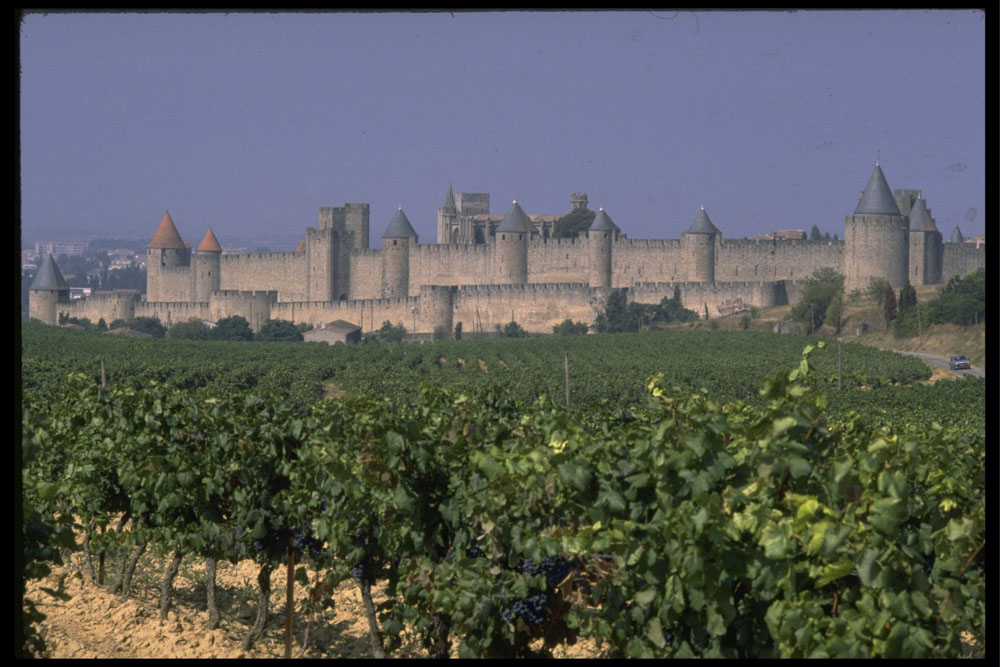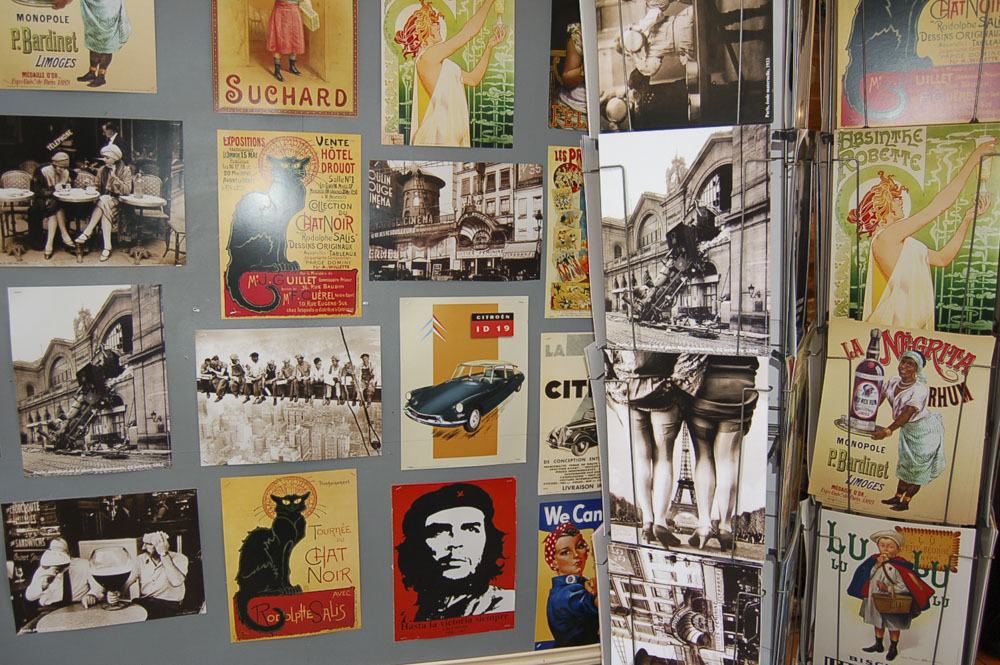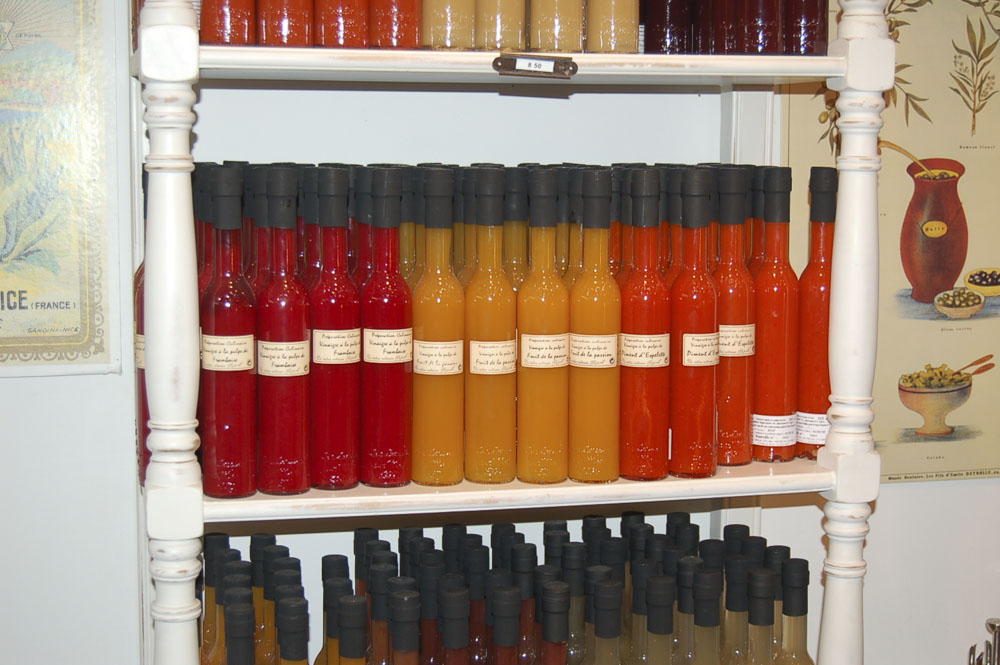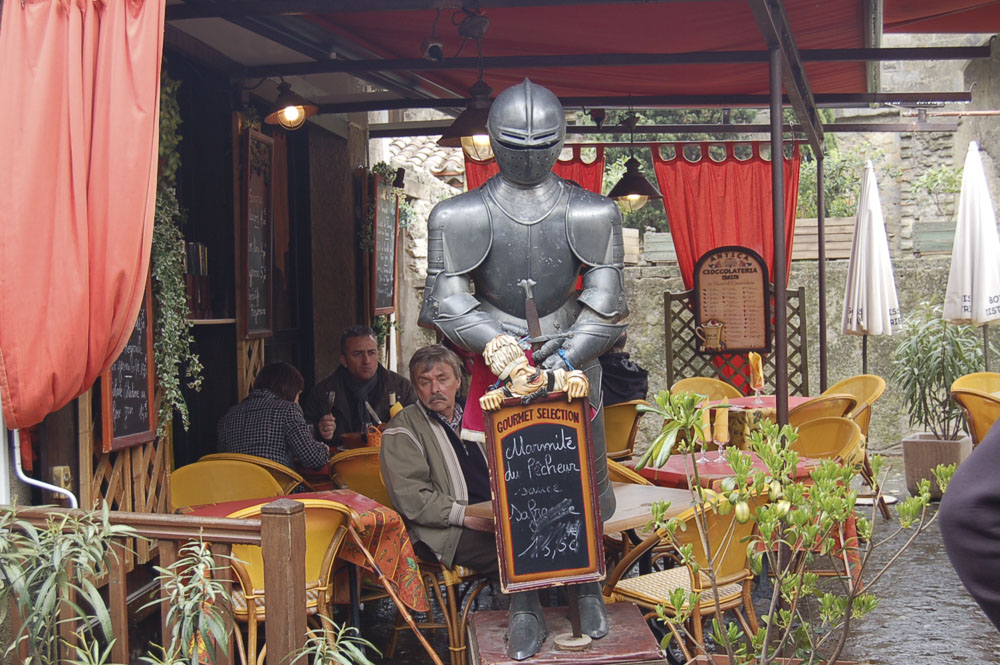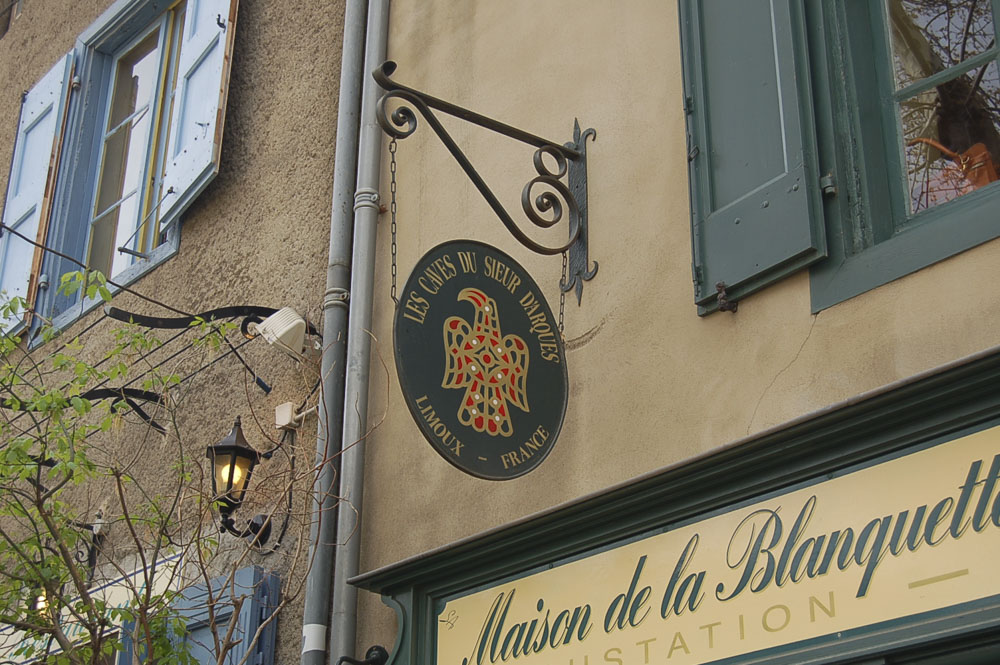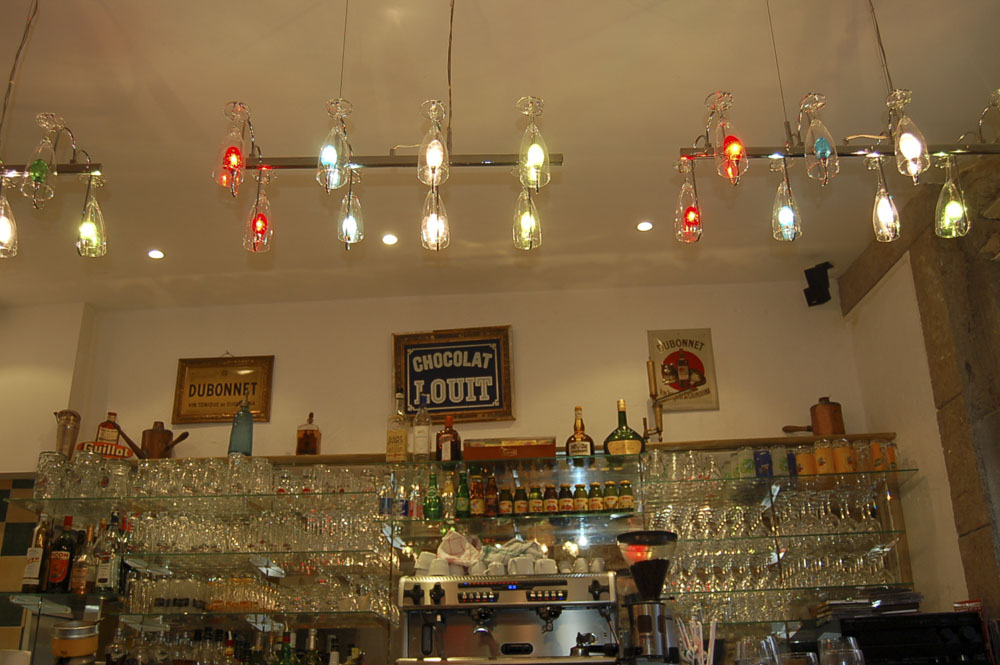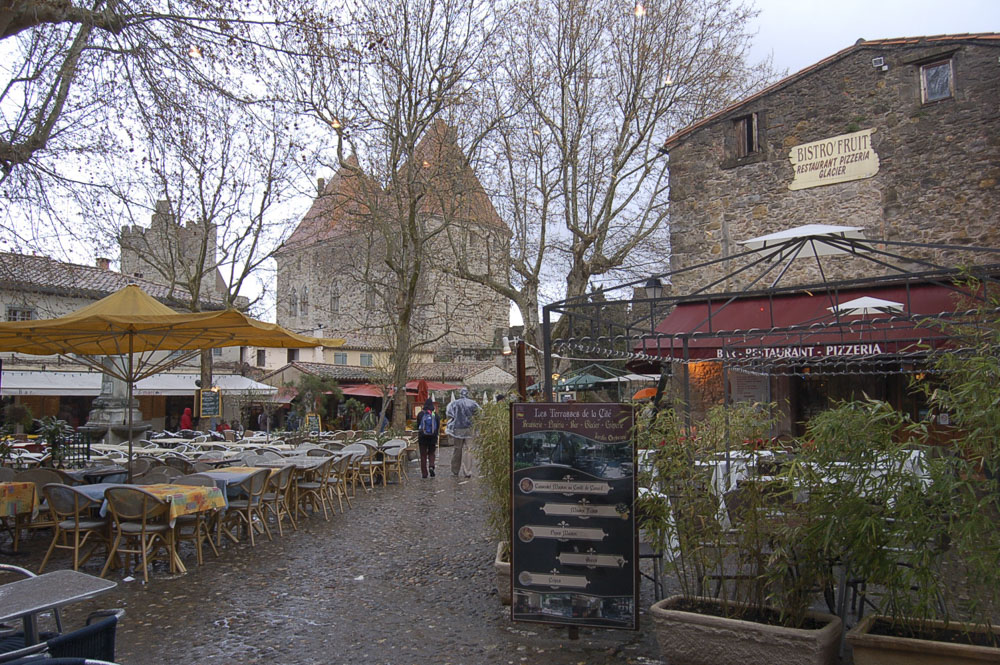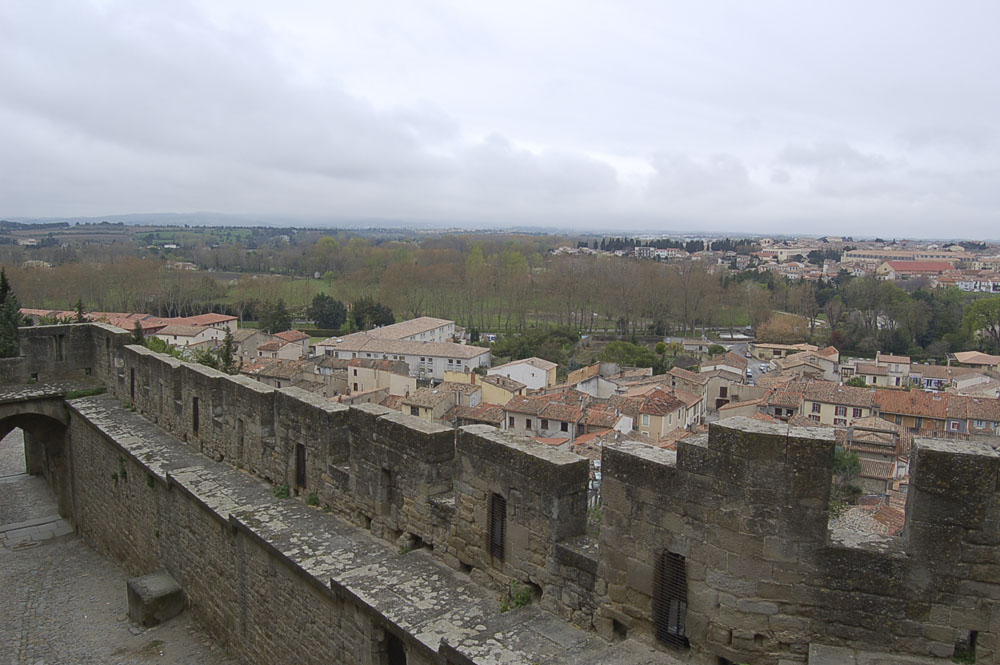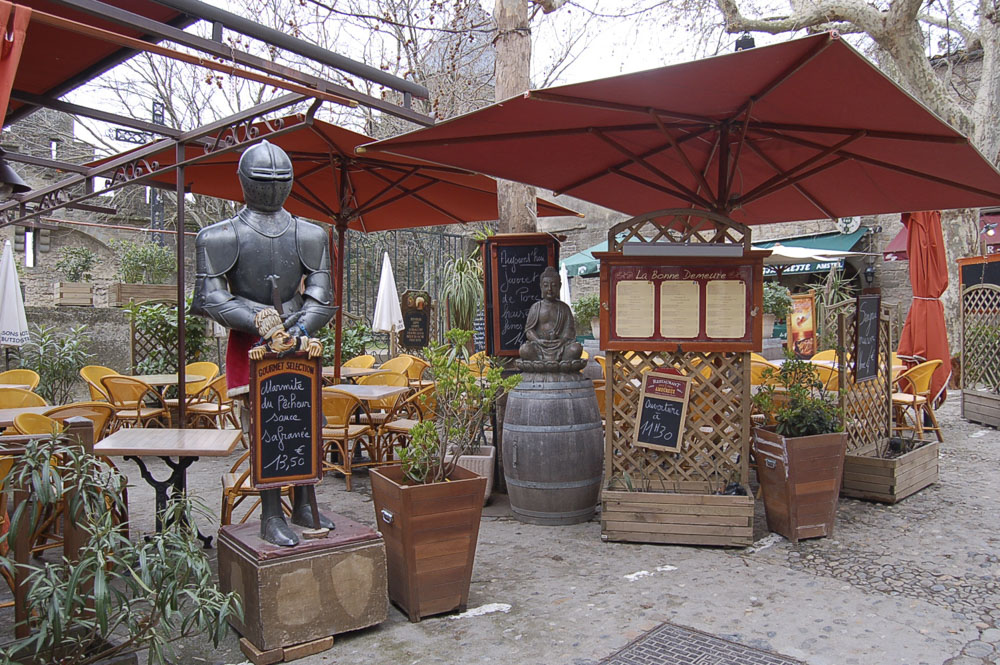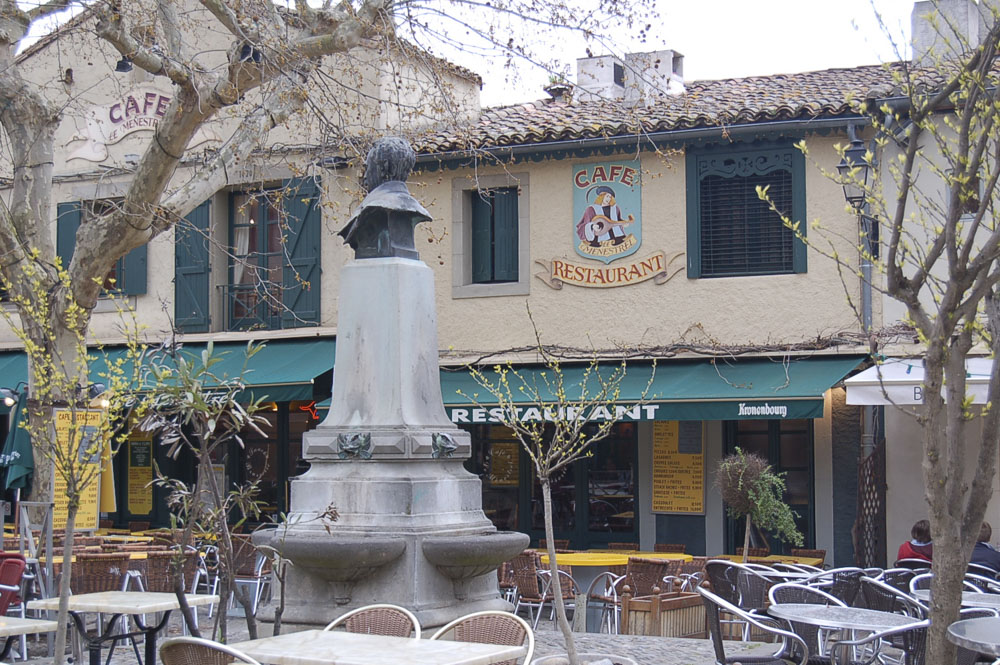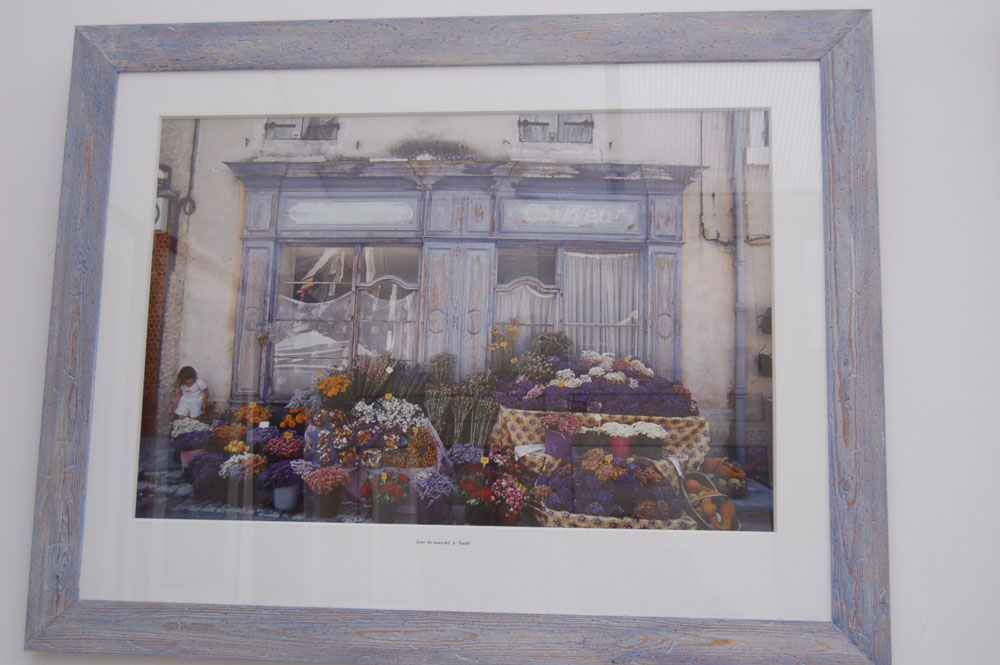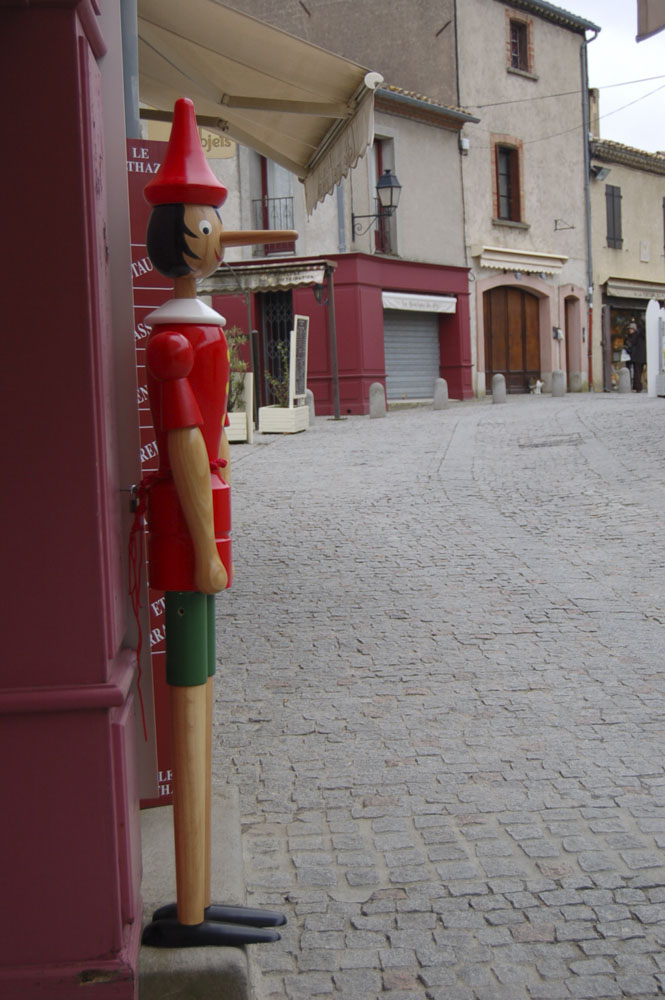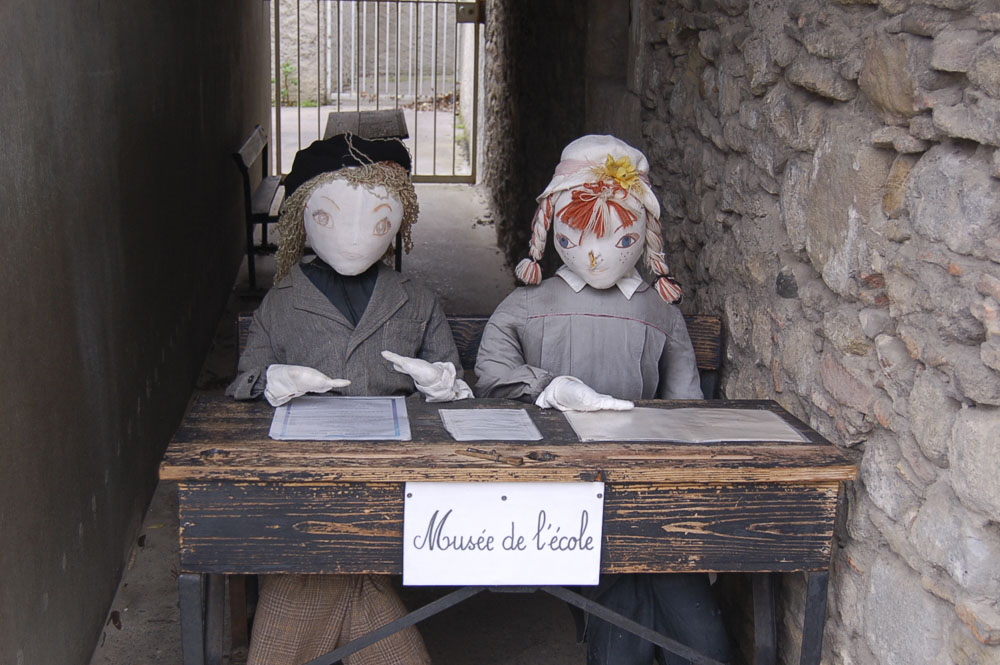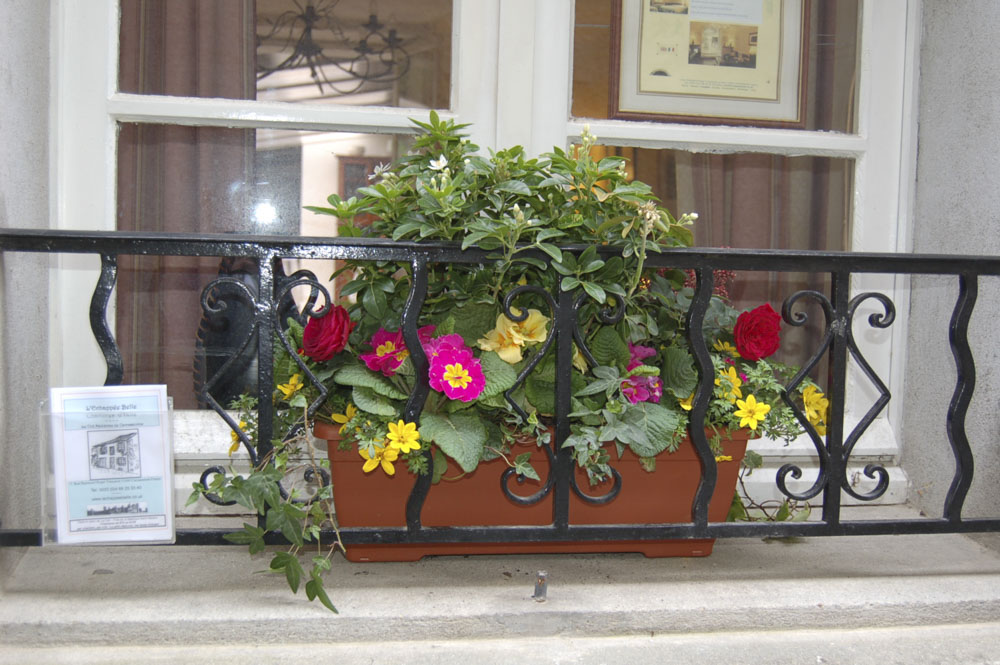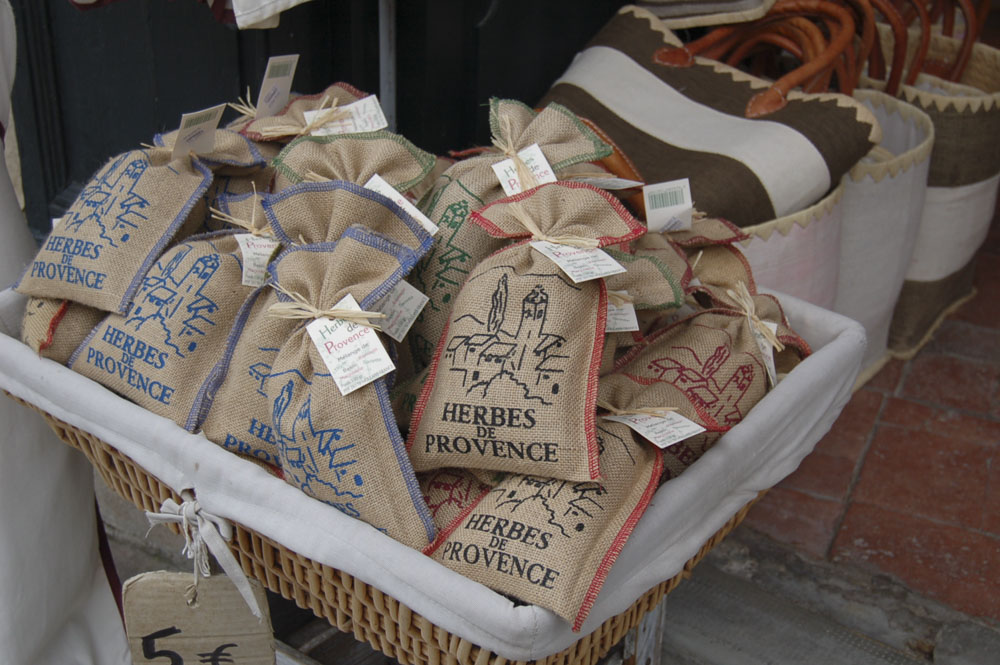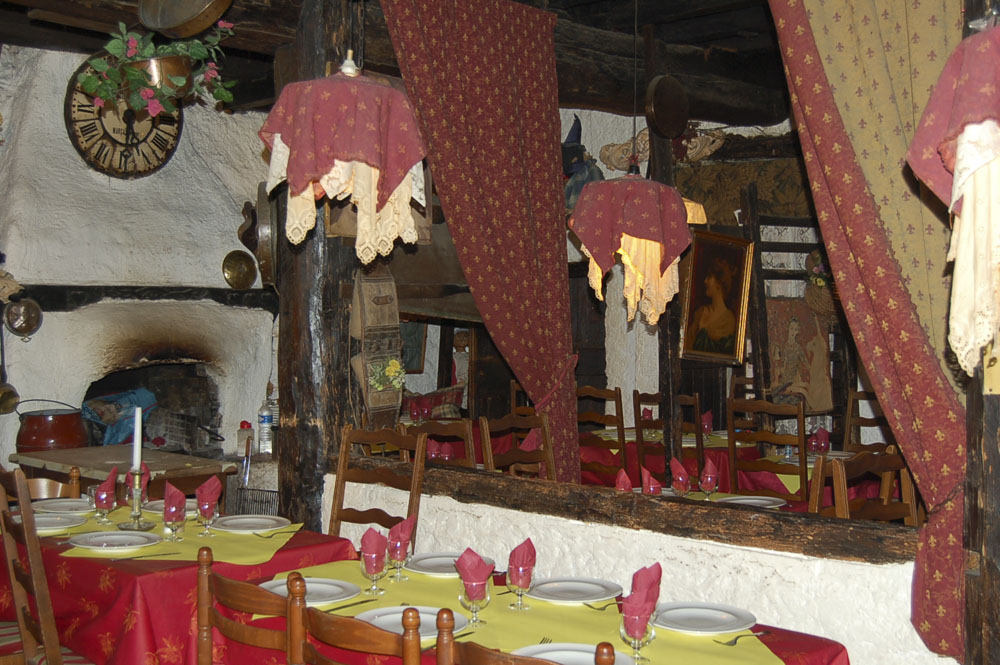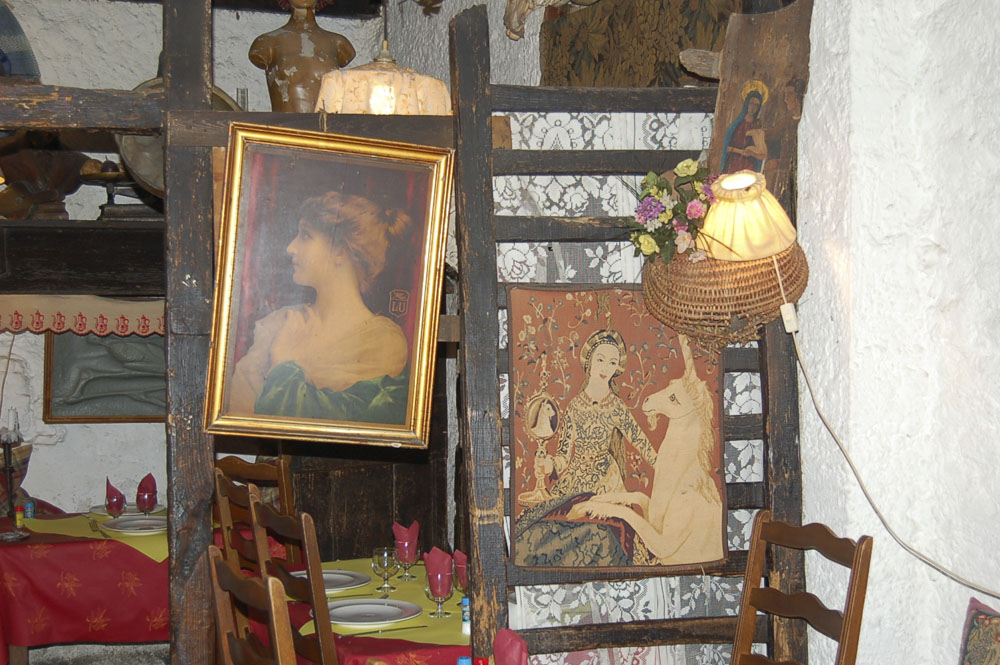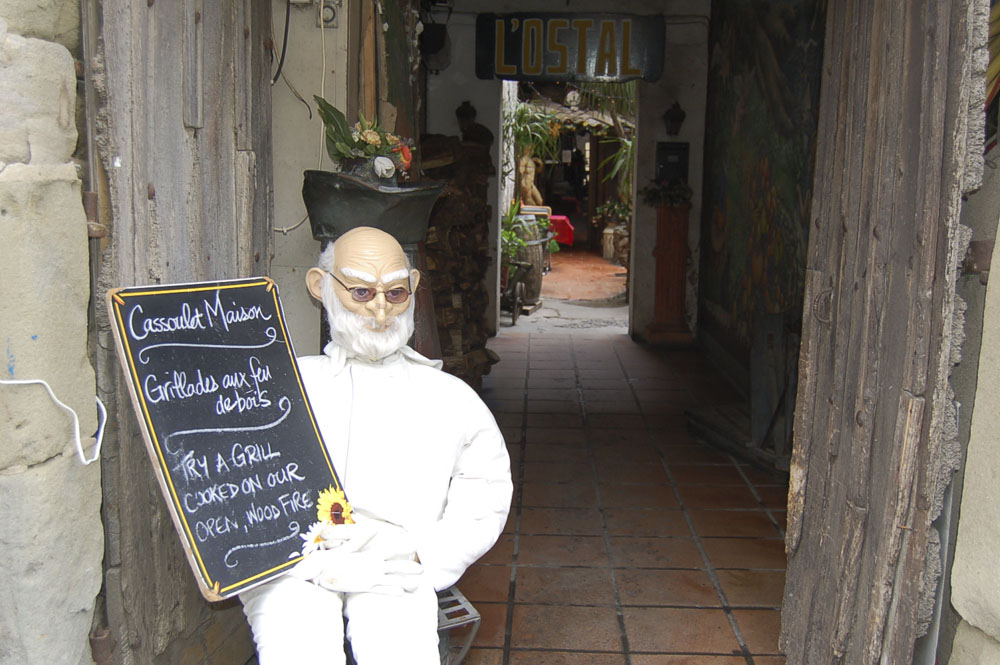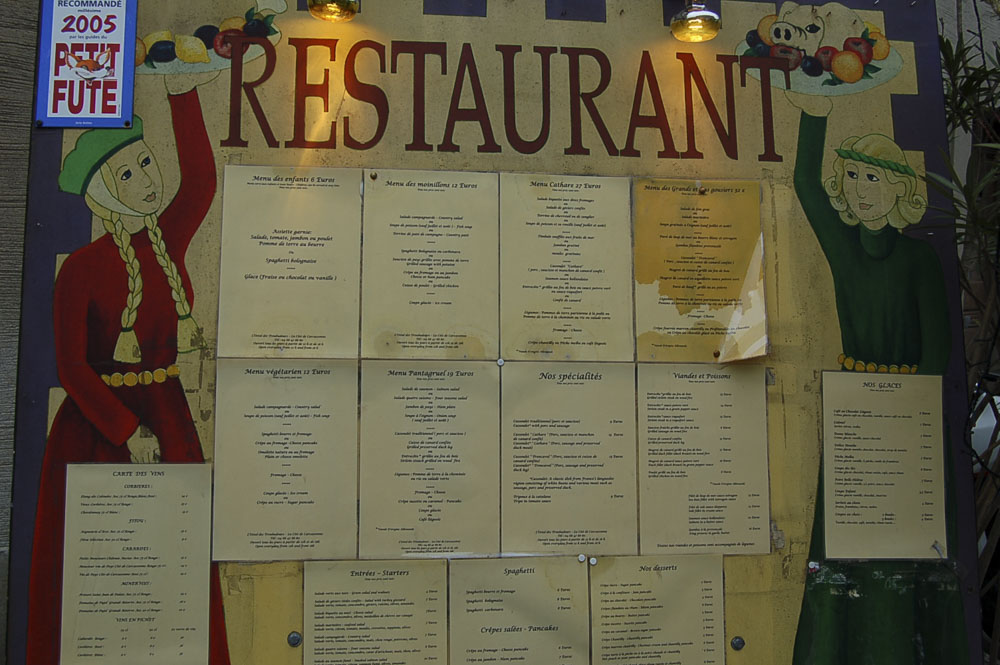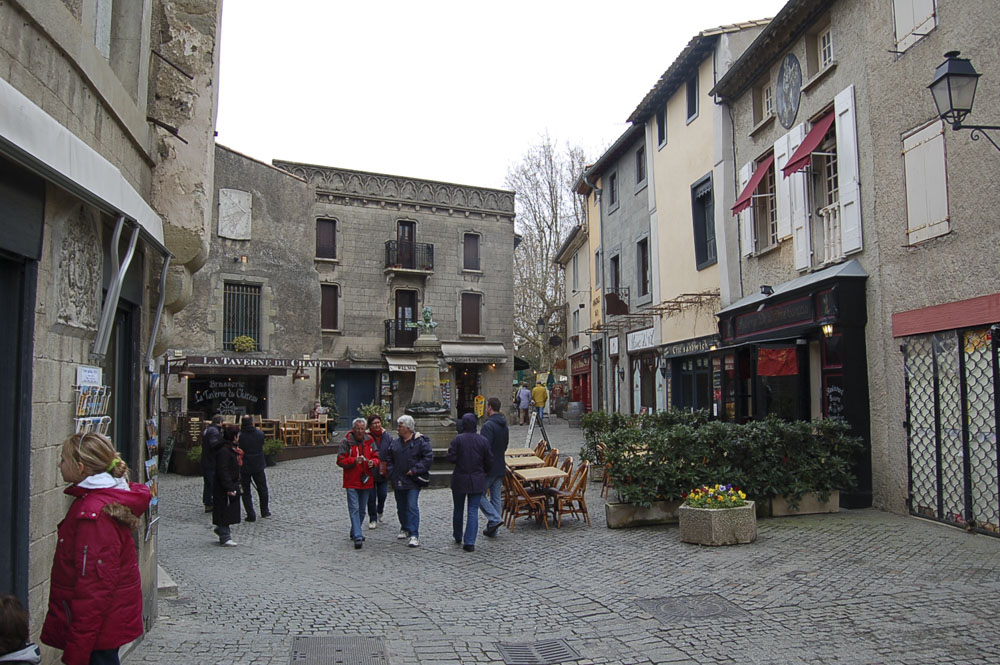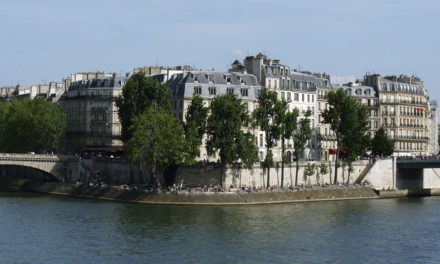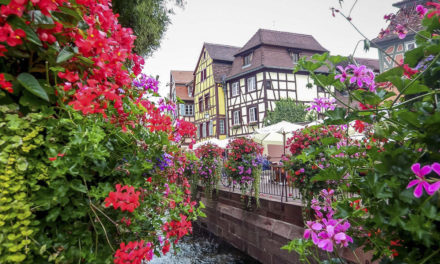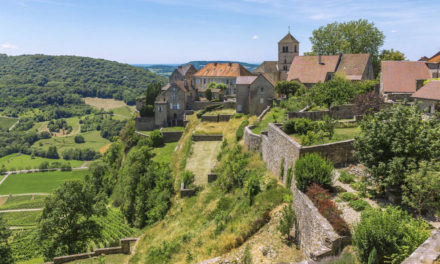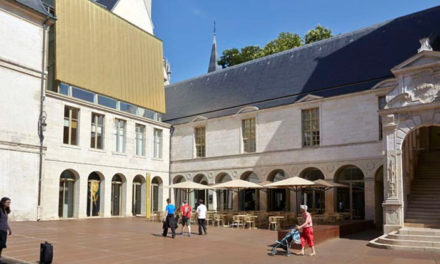Images – Copyright Informationfrance.
With its walled ramparts, towers, gateways and fortifications, Carcassonne, capital of the Aude, is a rare architectural and historical jewel. Set on either bank of the River Aude and with the Canal du Midi nearby there is much to see and wonder at in this rare relic of the past. Ideally situated within easy reach of the Mediterranean, the Pyrenees, Spain and Andorra, it is no wonder that people flock to this popular destination. Just outside the town, the Lac de la Cavayère offers the ideal site to picnic, fish, walk or enjoy water sports. A huge reservoir covering 18 hectares, it was constructed in 1988 as a result of a fire in 1985 that devastated the area. The lake is surrounded by an area of over 40 hectares spanning the valleys of three creeks with a wealth of Mediterranean vegetation. For boating enthusiasts, there is the Canal du Midi with its colourful Marina.
Book a Hotel in Carcassonne
History 1
The walled City, on a hilltop on the right bank, was occupied by man as early as the 6th century B.C. but it is as a medieval fortified stronghold and town that it is best known. Its first ramparts date from the 3rd and 4th centuries A.D. The chateau on the western face of the fortifications was built in the 12th century and in the 13th century Simon de Montfort took the city during the Albigensian Crusade and annexed it to the royal estate. The outer wall was added and the inner ramparts modernised during 13th century, creating a fortress which proved impregnable and was a major stronghold on the frontier between France and Aragon. Although it lost its strategic significance when the Pyrénées Treaty was signed in 1659, making Roussillon part of France, it was nevertheless subjected to major restoration by Viollet-le-Duc in the 19th century and is now a UNESCO World Heritage site.
The Cathedral
The Romanesque cathedral was begun in 1096 and completed in the early part of the 12th century but all that remains today is the nave. The Basilica of St Nazare combines Romanesque with Gothic, the transept lit by magnificent rose windows of which the northern is the finest and oldest. The organ is one of the oldest in France and in the summer season concerts are held here. In 1801 the title of Cathedral went to St Michael’s church in the lower town of Bastide Saint-Louis which is on the left bank. Built by order of Louis IX in 1248 when he authorised the people living in the suburbs to settle on the other bank of the River Aude, the cathedral was badly damaged by fire in 1803 but restored by Viollet-le-Duc in a project which was to last for almost 20 years.
Carcas
The town is said to have acquired its name through a Saracen woman, Dame Carcas, who is reputed to have defended it for seven years in the face of the fearsome Charlemagne. As the Emperor was preparing to lift the siege, one of his advisers said ‘Sire, Carcas is calling you’ or ‘Carcas te sonne’, hence the name of the town. On the towers of the Narbonnaise Gate is a stone reproduction of the original statue of Dame Carcas which is in the archeological museum of the walled Cité. In 1908, the Théatre de la Cité, an open air theatre, was created on the site of the old cloister next to the St Nazarius’ Basilica. The Carcassonne Festival founded in 1957, takes place in July and has acquired a considerable reputation for excellence.
Copyright: Sarah Francis

